Recombinant Human Tyrosine 3-monooxygenase/ Tryptophan 5-monooxygenase Activation Protein, Zeta Polypeptide, His-tagged
| Cat.No. : | YWHAZ-104H |
| Product Overview : | Recombinant human YWHAZ, fused to His-tag at N-terminus, was expressed in E.coli and purified by using conventional chromatography techniques (245 aa, 32kDa). |
| Availability | April 19, 2025 |
| Unit | |
| Price | |
| Qty |
- Specification
- Gene Information
- Related Products
- Case Study
- Application
- Download
| Species : | Human |
| Source : | E.coli |
| Tag : | His |
| Description : | The 14-3-3 family of proteins plays a key regulatory role in signal transduction, checkpoint control, apoptotic and nutrient-sensing pathways. 14-3-3 proteins are highly conserved and ubiquitously expressed. There are at least seven isoforms, β, γ, ε, σ, ζ, τ and η that have been identified in mammals. 14-3-3 zeta interacts with IRS1 protein, suggesting a role in regulating insulin sensitivity. |
| Formulation : | Liquid in Phosphate Buffered Saline pH7.4. |
| Molecular Weight : | 32 kDa (245 aa). |
| Purity : | > 95% by SDS – PAGE. |
| Concentration : | 1 mg/ml (determined by Bradford assay). |
| Sequence : | MRGSHHHHHH GMASMTGGQQ MGRDLYDDDD KDRWGSHMDK NELVQKAKLA EQAERYDDMA ACMKSVTEQG AELSNEERNL LSVAYKNVVG ARRSSWRVVS SIEQKTEGAE KKQQMAREYR EKIETELRDI CNDVLSLLEK FLIPNASQAE SKVFYLKMKG DYYRYLAEVA AGDDKKGIVD QSQQAYQEAF EISKKEMQPT HPIRLGLALN FSVFYYEILN SPEKACSLAK TAFDEAIAEL DTLSEESYKD STLIMQLLRD NLTLWTSDTQ GDEAEAGEGG EN |
| Storage : | Can be stored at +4°C short term (1-2 weeks). For long term storage, aliquot and store at -20°C or -70°C. Avoid repeated freezing and thawing cycles. |
| Publications : |
14-3-3ζ protein protects against brain ischemia/reperfusion injury and induces BDNF transcription after MCAO in rat (2019)
|
| Gene Name | YWHAZ |
| Synonyms | YWHAZ; tyrosine 3-monooxygenase/tryptophan 5-monooxygenase activation protein, zeta polypeptide; KCIP-1; MGC111427; MGC126532; MGC138156; phospholipase A2; 14-3-3 zeta; 14-3-3 protein/cytosolic phospholipase A2; Protein kinase C inhibitor protein 1; protein kinase C inhibitor protein-1; tyrosine 3/tryptophan 5 -monooxygenase activation protein, zeta polypeptide; OTTHUMP00000165851; OTTHUMP00000165852; OTTHUMP00000165854; OTTHUMP00000165858; OTTHUMP00000165859; OTTHUMP00000165860; YWHAZ tyrosine 3-monooxygenase/tryptophan 5-monooxygenase activation protein, zeta polypeptide. |
| Gene ID | 7534 |
| mRNA Refseq | NM_001135699.1 |
| Protein Refseq | NP_001129171.1 |
| MIM | 601288 |
| UniProt ID | P63104 |
| Chromosome Location | 8q23.1 |
| Pathway | Cell cycle; Pathogenic Escherichia coli infection - EHEC; Pathogenic Escherichia coli infection - EPEC. |
| Function | protein domain specific binding; transcription factor binding. |
| ◆ Recombinant Proteins | ||
| YWHAZ-153H | Recombinant Human YWHAG Protein, His-tagged | +Inquiry |
| YWHAZ-18687M | Recombinant Mouse YWHAZ Protein | +Inquiry |
| YWHAZ-6642R | Recombinant Rat YWHAZ Protein | +Inquiry |
| Ywhaz-3780M | Recombinant Mouse Ywhaz protein, His-SUMO-tagged | +Inquiry |
| YWHAZ-2997C | Recombinant Chicken YWHAZ | +Inquiry |
| ◆ Cell & Tissue Lysates | ||
| YWHAZ-229HCL | Recombinant Human YWHAZ 293 Cell Lysate | +Inquiry |
Case 1: Khalesi N, et al. J Appl Biomed. 2019
Brain-derived neurotrophic factor (BDNF) is a protective factor in neurodegenerative conditions. 14-3-3ζ is a pro-survival highly-expressed protein in the brain that protects neurons against death. This study evaluates 14-3-3ζ effects on BDNF transcription at early time point after ischemia and its possible protective effects against ischemia damage.
The puried human 14-3-3ζ protein was given to the rats that underwent middle cerebral artery occlusion (MCAO) surgery. At 6 h of reperfusion after ischemia, brain parts were collected for real time PCR analysis. At 24 h of reperfusion after ischemia, neurological function evaluation and infarction volume measurement were performed.
The present study showed that 14-3-3ζ could up-regulate BDNF mRNA at early time point after ischemia in the hippocampus, in the cortex and in the piriform cortex-amygdala and could also improve neurological outcome and reduce infarct volume. It seems that 14-3-3ζ could be a candidate factor for increasing endogenous BDNF in the brain and a potential therapeutic factor against brain ischemia.
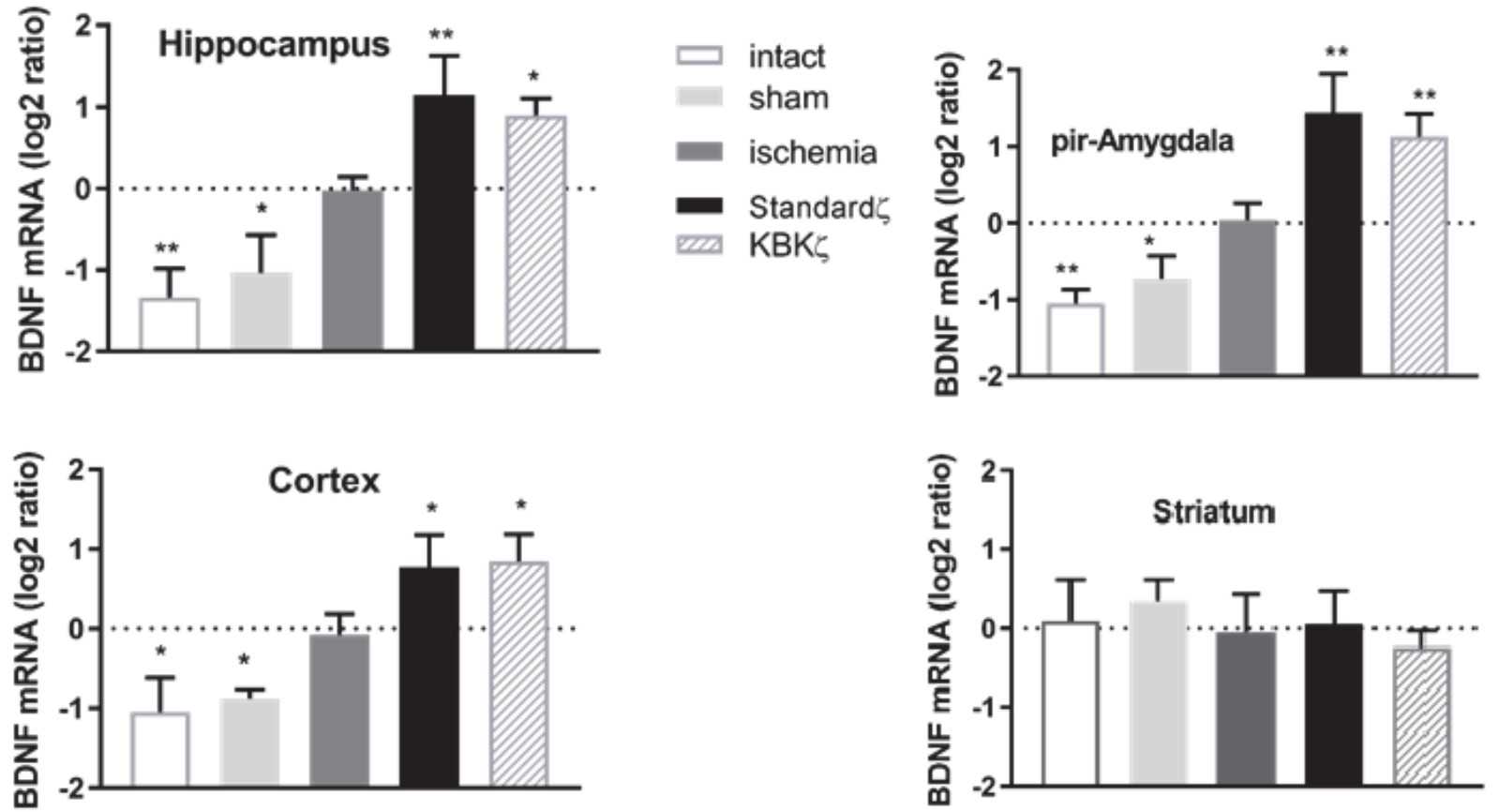
Fig1. qPCR analysis.
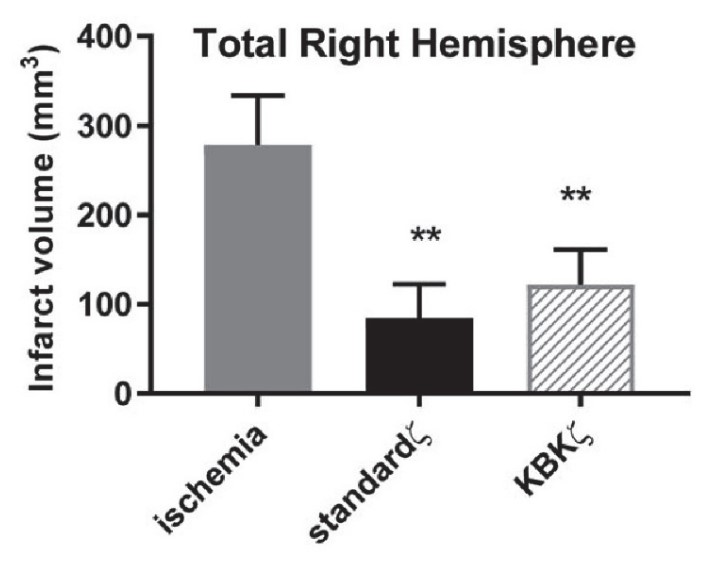
Fig2. Assessment of total right brain hemisphere infarct volume from each
Case 2: Li T, et al. PLoS One. 2016
Previous study showed that 14-3-3ζ is bound to tau in the paired helical filaments (PHFs) and when incubated in vitro with 14-3-3ζ, tau formed amorphous aggregates, single-stranded straight filaments, double stranded ribbon-like filaments and PHF-like filaments that displayed close resemblance with corresponding ultrastructures of AD brain. In this study, researchers have examined the role of tau phosphorylation in tau aggregation in cellular level.
Recombinant 14-3-3ζ protein was used to induce tau aggregation. In vitro, when incubated with 14-3-3ζ and microtubules, nonphosphorylated tau bound to microtubules and did not aggregate.
These data indicate that microtubule-bound tau is resistant to 14-3-3ζ-induced tau aggregation and suggest that tau phosphorylation promotes tau aggregation in the brain by detaching tau from microtubules and thus making it accessible to 14-3-3ζ.
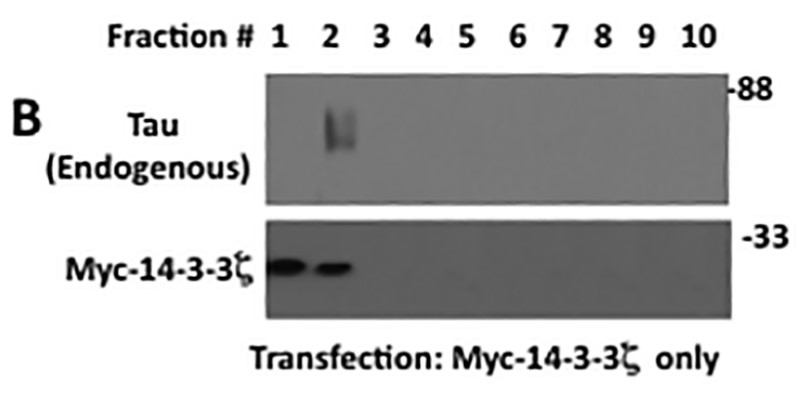
Fig1. Western blot of fractions corresponding to cells transfected with Myc-14-3-3ζ alone.
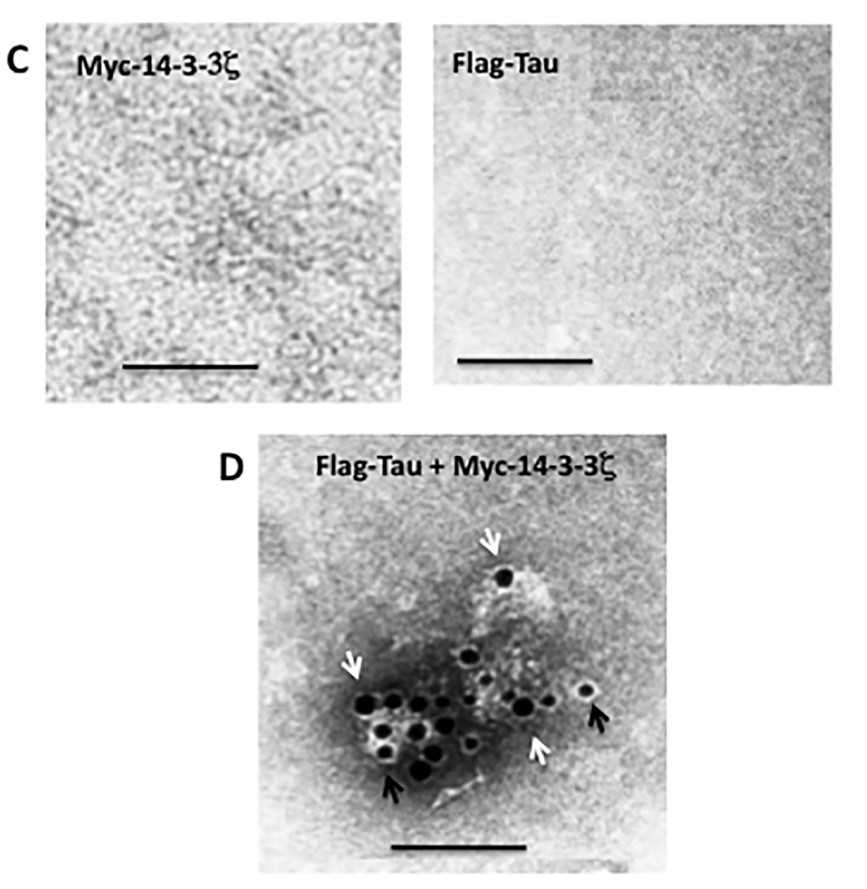
Fig2. Each P2 pellet from panel B was analyzed by Immunoelectron microscopy (Immuno EM).
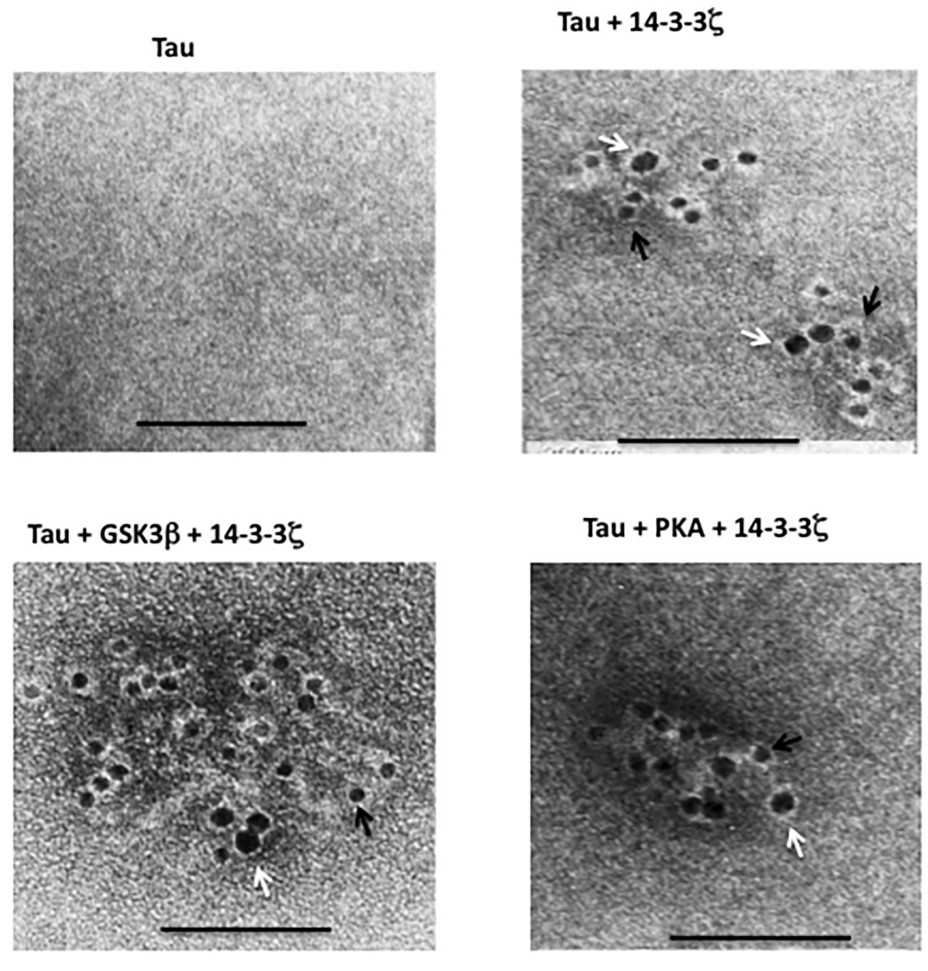
Fig3. Immuno EM of tau aggregates formed in M17 human neuroblastoma cells expressing Flag-tau, Myc-14-3-3ζ, HA-GSK3β and Myc-PKA in various combination.
The 14-3-3ζ protein, also known as tyrosine 3-monooxygenase/tryptophan 5-monooxygenase activation protein zeta (YWHAZ), has various applications in the field of molecular biology, biochemistry, and medicine. Some of the key applications of the 14-3-3ζ protein include:
1. Signal Transduction: 14-3-3ζ proteins play a crucial role in signal transduction pathways by binding and regulating the activity of diverse target proteins involved in various cellular processes.
2. Cell Division and Differentiation: 14-3-3ζ proteins are involved in the control of cell division, differentiation, and apoptosis. They interact with key regulators of cell cycle progression and cell differentiation pathways.
3. Cancer Research: The dysregulation of 14-3-3ζ protein expression has been linked to various cancers. Therefore, studying the role of 14-3-3ζ in cancer development and progression can help in the development of targeted therapies.
4. Neurodegenerative Diseases: 14-3-3ζ proteins have been implicated in neurodegenerative diseases such as Alzheimer's, Parkinson's, and Prion diseases. Understanding their role in these disorders may lead to novel therapeutic strategies.
5. Biomarker Discovery: 14-3-3ζ proteins have been proposed as biomarkers for certain diseases due to their altered expression levels in disease states. They can be potential diagnostic or prognostic markers.
6. Drug Target Identification: Studying the interactions of 14-3-3ζ with target proteins can help in identifying potential drug targets for the development of new therapies.
7. Protein-Protein Interaction Studies: The 14-3-3ζ protein is involved in a wide range of protein-protein interactions. Studying these interactions can provide insights into various cellular processes and pathways.
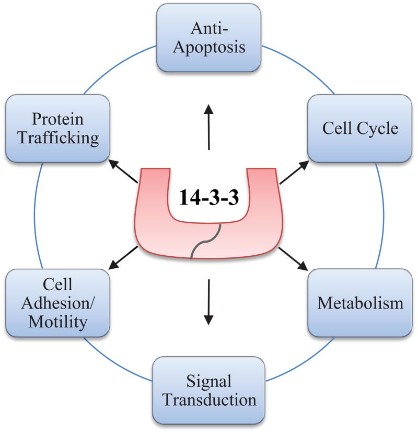
Fig1. 14-3-3 regulates multiple pathways involved in cancer. (Christopher L Neal, 2010)
Not For Human Consumption!
Inquiry
- Reviews
- Q&As
Ask a Question for All YWHAZ Products
Required fields are marked with *
My Review for All YWHAZ Products
Required fields are marked with *
Inquiry Basket


